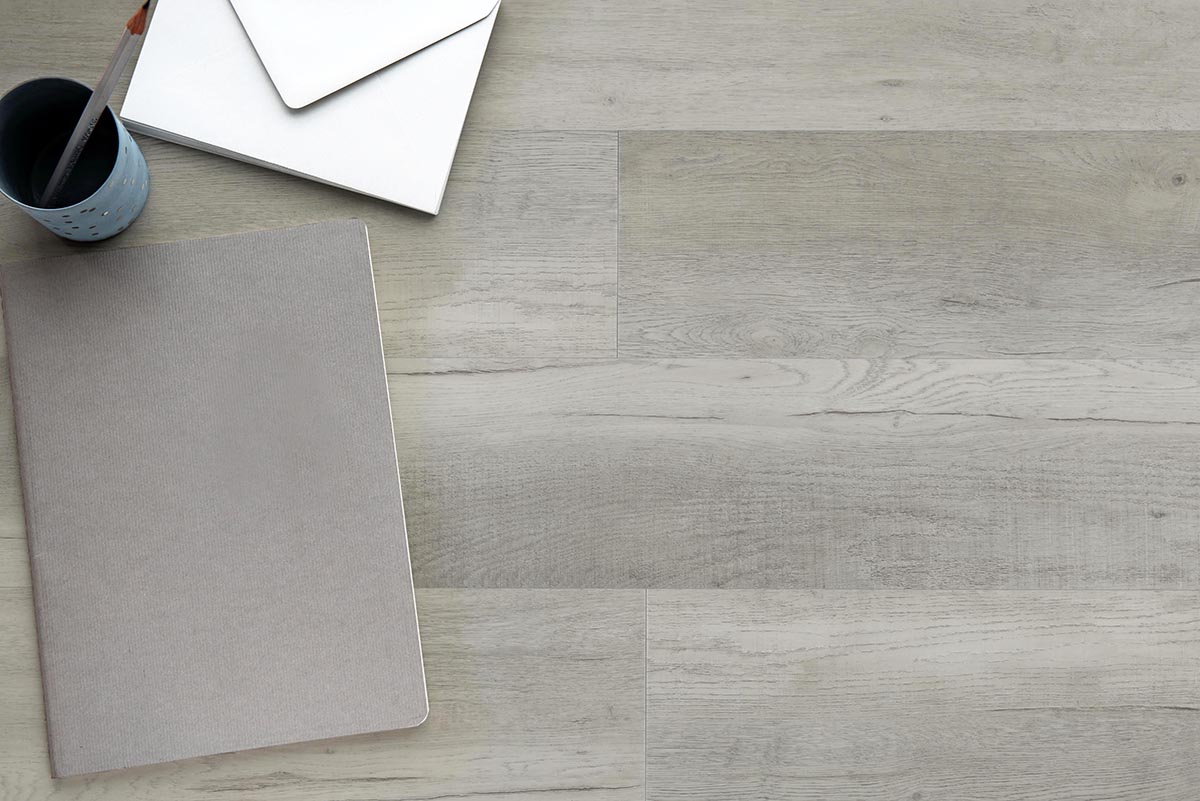As we step into 2025, the world of flooring is undergoing a remarkable transformation, and SPC (Stone Plastic Composite) flooring is at the forefront of this revolution. SPC flooring has emerged as a game – changer in recent years, and its prospects in 2025 are nothing short of exciting. Let’s take a closer look at what makes SPC flooring so special and what the future holds for this innovative flooring solution.
The Rise of SPC Flooring
SPC flooring has witnessed a meteoric rise in popularity over the past few years, and for good reason. This type of flooring is made from a combination of polyvinyl chloride (PVC), calcium carbonate, and other additives, resulting in a durable, versatile, and aesthetically pleasing product. One of the key factors driving the growth of SPC flooring is its exceptional performance. It is highly resistant to water, making it an ideal choice for areas prone to moisture, such as kitchens, bathrooms, and basements. Additionally, SPC flooring is known for its remarkable durability, with a long lifespan that can withstand heavy foot traffic and everyday wear and tear. This makes it a cost – effective option in the long run, as it requires less frequent replacement compared to other flooring materials.
Another major advantage of SPC flooring is its environmental friendliness. The use of renewable materials in its production process aligns with the global trend towards sustainability, appealing to eco – conscious consumers. Many SPC flooring products on the market today are also free from harmful chemicals such as formaldehyde, further enhancing their green credentials. In terms of installation, SPC flooring offers a hassle – free experience. Most SPC flooring products feature a locking mechanism that allows for easy and quick installation, reducing the need for professional installation and saving both time and money. This DIY – friendly aspect has made SPC flooring a popular choice among homeowners looking to upgrade their floors themselves.
Market Trends and Growth Potential
The market for SPC flooring has been steadily growing, and this trend is expected to continue in 2025 and beyond. According to market research firm QYResearch, the global SPC flooring market was valued at 181 billion US dollars in 2023 and is projected to reach 265 billion US dollars by 2030, with a compound annual growth rate (CAGR) of 5.7% from 2024 to 2030. This growth can be attributed to several factors, including the increasing demand for high – quality, affordable, and sustainable flooring solutions in both residential and commercial sectors.
In the residential market, SPC flooring is gaining popularity as homeowners seek to create stylish and functional living spaces. Its wide range of designs, colors, and patterns allows for endless creative possibilities, enabling homeowners to achieve the look they desire, whether it’s a modern, contemporary style or a more traditional, rustic aesthetic. In the commercial sector, SPC flooring’s durability and low maintenance requirements make it an attractive option for offices, retail stores, restaurants, and other high – traffic areas. The ability to withstand heavy foot traffic and resist stains and scratches ensures that commercial spaces maintain a professional and presentable appearance for longer.
Geographically, North America and Europe are currently the largest markets for SPC Vinyl flooring, but the Asia – Pacific region is expected to experience the fastest growth in the coming years. The rapid urbanization and increasing disposable income in countries like China, India, and Southeast Asian nations are driving the demand for high – quality flooring products, presenting significant opportunities for SPC flooring manufacturers and suppliers.
Technological Advancements and Product Innovations
In 2025, we can expect to see continued technological advancements and product innovations in the SPC flooring industry. Manufacturers are constantly striving to improve the performance and quality of their products, as well as introduce new features and designs to meet the evolving needs of consumers. One area of innovation is in the development of more realistic wood and stone visuals. SPC flooring already offers a wide range of designs that mimic the look of natural materials, but with advancements in printing technology, the visuals are becoming even more lifelike. This allows consumers to enjoy the beauty of wood or stone floors without the associated maintenance and cost.
Another area of focus is on enhancing the acoustic properties of SPC flooring. As noise pollution becomes an increasing concern in modern living and working environments, flooring that can reduce sound transmission is highly desirable. Manufacturers are working on developing SPC flooring with improved sound – dampening properties, making it a more suitable option for multi – level buildings and areas where noise control is important. In addition, there is a growing trend towards smart flooring solutions. SPC flooring may soon be integrated with sensors and other smart technologies to provide features such as temperature control, moisture detection, and even energy – efficiency monitoring. This would not only add value to the flooring but also contribute to the overall functionality and sustainability of a building.
Challenges and Opportunities
While the prospects for SPC flooring in 2025 are bright, the industry is not without its challenges. One of the main challenges is the issue of product homogenization. With the relatively low technical barriers in the industry, there is a large number of manufacturers producing similar SPC flooring products, leading to intense competition and a lack of significant product differentiation. To overcome this challenge, manufacturers need to invest in research and development to create unique and innovative products that stand out in the market. Another challenge is the need to educate consumers about the benefits of SPC flooring. Although awareness of SPC flooring has been increasing, some consumers still have limited knowledge about this type of flooring and may be hesitant to choose it over more traditional options such as hardwood or tile. Industry players need to focus on marketing and educational initiatives to build consumer confidence and drive adoption.
On the other hand, these challenges also present opportunities. The demand for sustainable and eco – friendly building materials is on the rise, and SPC flooring’s environmental advantages position it well to capture a larger share of this growing market. By highlighting its green credentials and promoting its sustainability features, manufacturers can attract environmentally conscious consumers and gain a competitive edge. Additionally, the expansion of the e – commerce market provides new avenues for SPC flooring sales. Online platforms offer a convenient way for consumers to research, compare, and purchase flooring products, and manufacturers can leverage these platforms to reach a wider audience and increase their sales volume.
In conclusion, 2025 holds great promise for the SPC click flooring industry. With its numerous advantages, including durability, water resistance, environmental friendliness, and easy installation, SPC flooring is well – positioned to meet the evolving needs of consumers in both residential and commercial markets. The continued growth of the market, driven by factors such as urbanization, increasing disposable income, and the demand for sustainable products, presents significant opportunities for manufacturers and suppliers. However, to fully realize this potential, the industry must address challenges such as product homogenization and consumer education. By investing in technological advancements, product innovation, and effective marketing strategies, the SPC flooring industry can continue to thrive and make a significant impact in the world of flooring in 2025 and beyond. So, whether you’re a homeowner looking to upgrade your floors or a business owner in the flooring industry, keep an eye on SPC flooring – it’s definitely a trend worth watching!
Post time: Mar-27-2025



